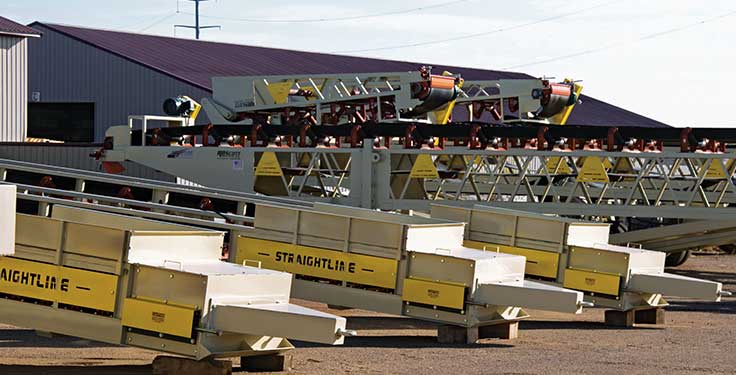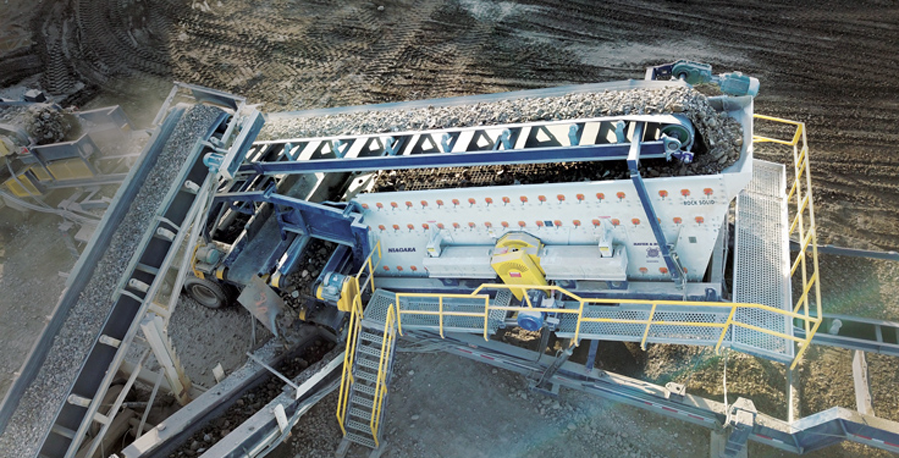Today, at least, Harris says customers are more likely to navigate to an unfamiliar brand if the tried-and-true one isn’t available.
“If I’m a big producer and I need a jaw, and [the dealer] doesn’t have a jaw, then I’m going to go: ‘Gosh, I really wanted to buy one from you.’ If the producer needs one in six months and the dealer tells him the lead time is a year and a half, then that doesn’t fit their business model.”
Those scenarios can place strain on dealer-customer partnerships, even when an extensive history or personal relationship is present. Too much strain, and the nature of the relationship can change for the worse.
As an example, Harris looks back to the Great Recession and how that affected dealer businesses.
“If you look around the country, some of those dealers – because they were very risk averse and chose not to take inventory they could get their hands on – they lost equipment or had brands pulled from them,” he says. “The manufacturer went to another partner.”
But Harris admits partnerships go both ways.
“We’ll get support from the manufacturer every way we can, but you also need to take equipment,” Harris says. “I think the companies that played on the edge with that probably got burned through this.”
Other roads to victory
While an effective inventory management plan is essential to excel in times like these, Baron says other variables are critical to a dealer’s success.
“We’re constantly recruiting, constantly looking at expanding our service group,” he says. “We feel like that drives our success. That drives our partnership with our customer base. It only makes us more attractive to the end user.”
To that end, Goodfellow established a recruiting program, and it’s working on internal mentorship programs.
“We have senior technicians who do in-house schools,” Baron says. “We’re actively recruiting from colleges and trade schools to bring some fresh blood into our industry and make them excited about what we do. And we ordered more service trucks.”
But an equipment sale still comes down to having it or not. That fundamental was in place during the last major economic downturn, and it remains true in 2022.
“It used to be if we ordered a machine there was, quite often, some issues in inventory at the factory,” Bianco says. “But the lead time was 90 days. Now, the lead time is 12, 15, 18 months. We have equipment we ordered in May 2021 that we don’t have yet, and it becomes very hard for me to tell a customer: ‘Don’t worry about it, we’ll put another one on order and you’ll have it in three months.’”
Unfortunately, just-in-time ordering is gone for now. So the dealers who inventory the best may be the ones around when just-in-time practices finally return.
“Based on what I’ve been hearing from manufacturers, they’ve got backlogs for 18 to 24 months,” Baron says. “So as long as those backlogs remain, I don’t think there’s any catch-up in site.”












